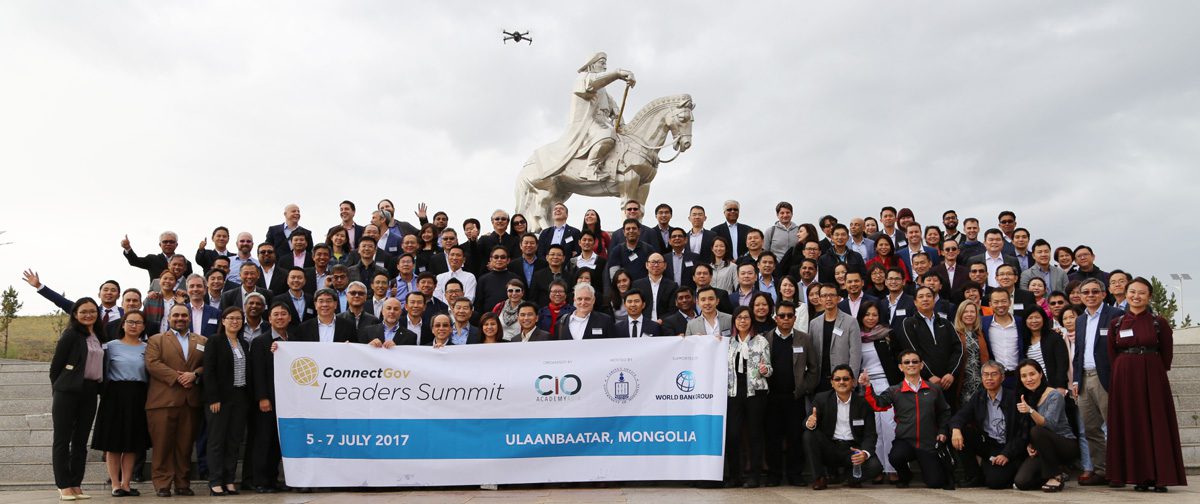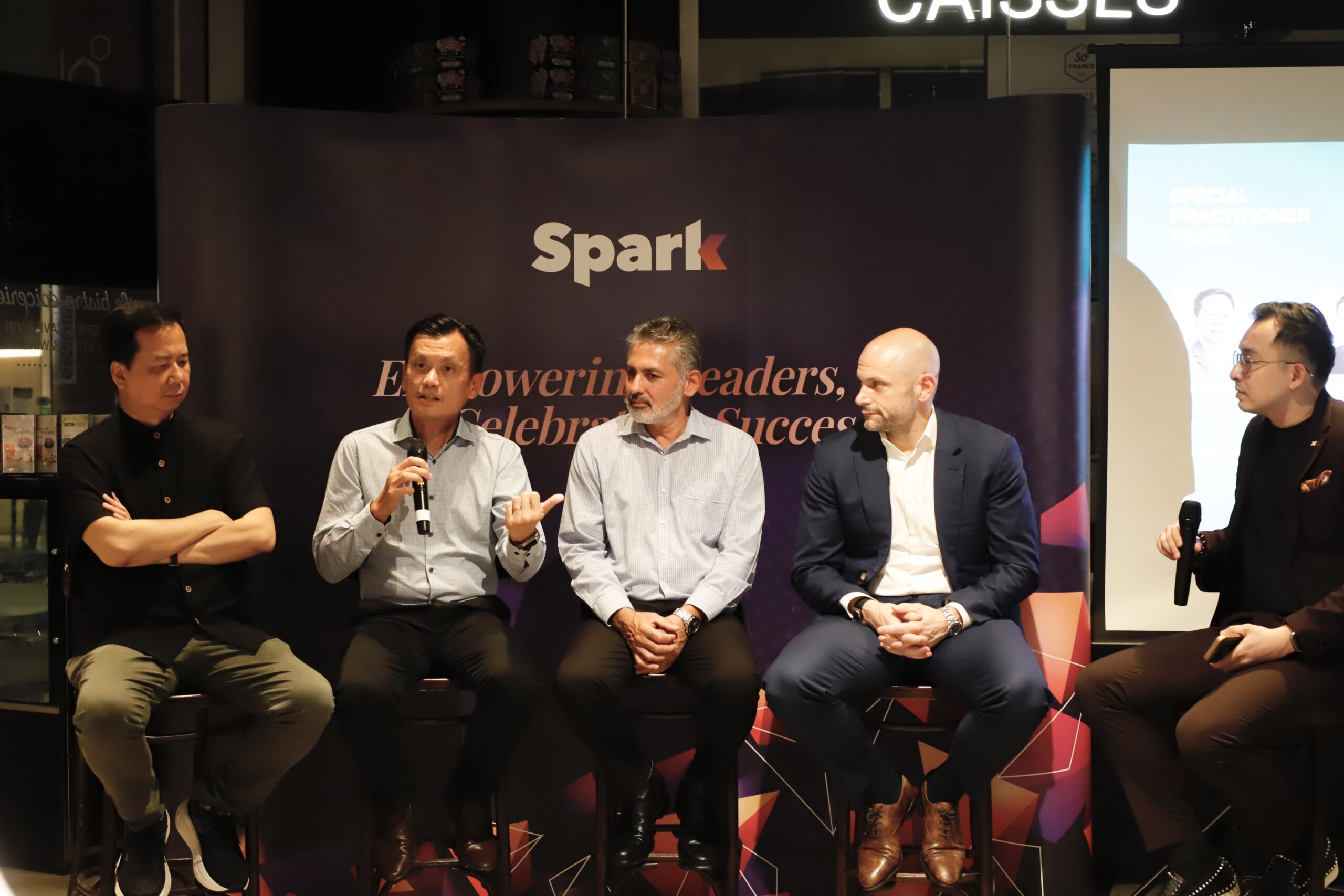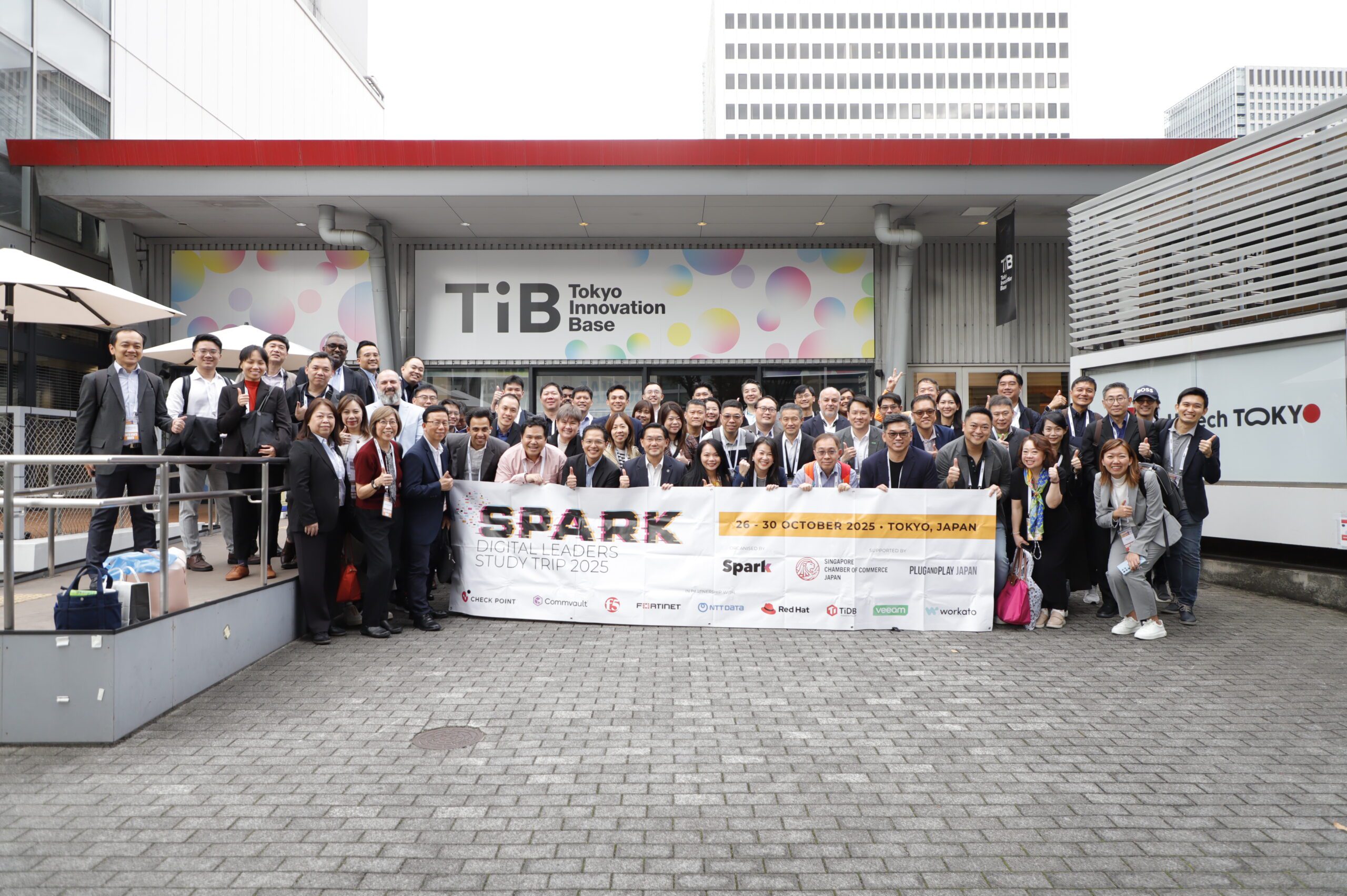ORGANISED BY
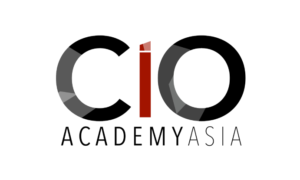
SUPPORTED BY
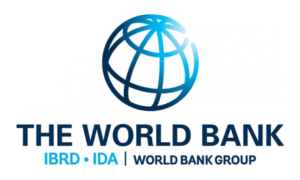
HOSTED BY
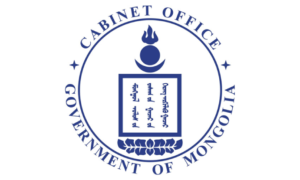
SUMMIT OVERVIEW
Digital disruption and transformation have been discussed extensively in recent years, a reflection of the VUCA world we live in. VUCA, a U.S. military acronym that stands for Volatility, Uncertainty, Complexity and Ambiguity, aptly captures the key features of our challenging zeitgeist but also suggests that now is the time for governments and organisations to forge effective partnerships and collaborations that will help them ride out the waves of disruptions.
This was the main message that emerged from the ConnectGov Leaders’ Summit held in Ulaanbataar, Mongolia, from 6 to 7 July 2017, where Asian CIOs and global business leaders from more than 10 countries gathered in the “Land of Eternal Blue Skies” to discuss ideas around the theme of “Effective Partnerships for the Digital Age”.
The Summit was organised by CIO Academy Asia (CIOAA), the Singapore-based organisation and think-tank that provides tech and business leaders with access to research, insights and advice on key organisational and business challenges in areas involving the use of technology. The Summit was hosted by the Cabinet Secretariat of the Government of Mongolia, and supported by the World Bank.
Over the course of the intensive 2-day Summit, senior tech leaders from government and the private sector in Hong Kong, Indonesia, Japan, Kuwait, Malaysia, Philippines, Singapore, Thailand, Vietnam, and Mongolia, as well as senior representatives from the World Bank and the Asian Development Bank, exchanged ideas from the perspective of government, technology, business, operations, service providers, customers and extended stakeholders.
This was the second Summit organised by CIOAA, the inaugural session being the ConnectGov Leaders’ Summit in Bhutan in 2016.
SUMMIT DAY 1 | JULY 6 | ASEM VILLAGE
A Summit Promoting Engagement and Collaboration among Tech Stakeholders
The Summit kicked off with a customary Mongolian Khadag ceremony to usher in good luck in a huge ger (traditional Mongolian tent) at the ASEM Village, a scenic conference venue located in the outskirts of Ulaanbataar, Mongolia’s capital.
Dressed in a traditional Mongol warrior’s attire, Mr. Glen Francis, President of CIOAA, took to the stage to deliver the welcoming remarks. Describing the place as surreal, meditative and scenic with green fields opportunities, he expressed the hope that the natural setting of the Mongolian landscape will help the assembled tech leaders to think ‘out of the box’ as well as gain new insights on forging partnerships, not only among themselves but also with the larger tech ecosystem.
“The Government of Mongolia accords high importance to ICT programmes and e-government initiatives in the country,” said Mr. Urgamal Byambasuren, Deputy Head, Cabinet Secretariat of Mongolia, welcoming the conference delegates. He shared that the government aims to spur the development of an innovative ecosystem Mongolia, enable greater transparency in public spending, and make government data available to developers. By 2025, the aim was for 50% of government services to be online. Wishing the Summit great success, he said that there was great room for improvement in Mongolia and an even greater need for public-private partnerships.
“The World Bank has been supporting Mongolia since the early 2000s to increase connectivity in the country,” said Mr. James Anderson, Country Manager for Mongolia, World Bank. In 2005, only 1% of the population had access to modern communication, he said. Since then, Mongolia has come a long way, with the country’s 3 million inhabitants now having 3.4 million mobile connections.
“We live in a VUCA world now and it’s turbulent out there, so let’s learn, share, collaborate and work together as much as we can, because no man is an island”, exhorted Mr. P. Ramakrishna (Rama), Deputy CEO, CIOAA, rounding off the Summit introductions.
Disruption & Collaboration – Models to Build Alliances
Over the 2 days, the delegates heard several keynotes and actively participated in lively panel discussions. Sessions on Day 1 focused on building partnership models in a disruptive world, tackling the issue of talent, and innovating to survive.
Mr. Oyvind Roti, International Head, Solutions, Google Cloud, delivered the first keynote on partnering for success in an AI-first world. Drawing on examples including that of a cucumber farm successfully using AI (Artificial Intelligence) in Japan, he took the delegates through the evolution of AI, ML (Machine Learning) and DL (Deep Learning) and where they stand today. Big data, better algorithmic models and advances in computation have revolutionised ML today, he said. Its benefits could be harnessed by any sector—from farming to speech recognition to healthcare. Google’s own data centre has seen 40% reduction in power consumption due to ML, he said.
His presentation was followed by a discussion on “Re-defining Partnership Models in a Disruptive Age” moderated by Rama. Panellists shared how their respective organisations involved startups in the engagement frameworks of the irrespective businesses. While all agreed on the need to collaborate with new partners and startups, three main recommendations emerged out of the discussion:
Key Takeaways
- With disruption, substantive new capabilities are coming from start-ups but they also carry high risks
- The agile approach is the way to go, and prototyping will allow greater collaboration with start- ups. Partner selection however should ensure that they have compatible organisational culture and the right DNA as the basis for collaboration with the possibility of investing in them.
- Traditional procurement models may no longer be adequate for some cases, hence the need to evolve new models to suit new needs without compromising on governance.
The War for Talent
“There is a war for talent out there,” said Mr. Stuart Fenwick, JAPAC head of Customer Engineering, Google Cloud who headlined the session on tackling the talent equation. “Hiring is the most important thing that you can do, and data can help in driving talent.” He cited Google’s Project Oxygen and Project Aristotle as good examples ofhiring the righttalent and managing collaborative teams. At Google, a 4-person panel often makes hiring decisions with no individual making the final call. They also deploy structured sets of questions as a way to avoid introducing biases.
Hiring is one aspect of talent management, while the other is that of being a good manager. According to Mr. Fenwick, a good manager has to be a good coach, be able to empower teams and have concern for them, be productive and result-oriented, and be a good communicator. Similarly, effective teamwork happens when people work with psychological safety, dependability, structure and clarity, sense of meaningfulness in their work and impact on others.
Mr. Fenwick’s session was followed by a panel discussion on the same theme, from which several key learning points emerged:
Key Takeaways
- When it comes to hiring and retaining talent, a CIO has to consider 4 main aspects: Purpose, Belonging (retain the talent), Impact (how the hired staff will create an impact on people’s lives) and Continuous Growth & Learning (hire those who are able to continue to learn).
- Humility is good in people but they should be able to push back when the need arises.
- Believe in mentorship and grow talent in your ecosystem and industry This will eventually benefit you and also raise standards within your ecosystem.
- Keep your staff motivated and excited, and let them see the big picture in the organisation.
- Grow your staff internally; create more leaders, not more followers.
- Use new tools for hiring such as AI and social media.
Innovating to Survive & Crucial Lessons from High Stake Alliances
In the following segment, Ms Tricia Png, Regional Director, Asia, Silver Peak, shared her company’s journey from the perspective of being a SD Wan provider – how their evolution in thinking spurred by changes and new capabilities in the industry led to their transformation of product design and delivery orientation i.e. from being software-defined to being self-driving.
Her presentation was followed by two panel discussions – the first on the topic “Innovate to Survive”, while the second considered “Crucial Lessons from High Stake Alliances and Collaboration”.
Key Takeaways
- Most innovations emerge from crisis, not when conditions are stable
- Innovation has to be pervasive, and ambiguity can be an opportunity
- If you can’t beat them, join them (the start-ups). New alliances allow organisations to take on innovations Start-ups may partner with big players to market their products/services and to survive, while the benefit to big players is that it brings them differentiation. For example, DBS’s Digibank in India succeeded by combining the prudence of a bank with the energy of start- ups (through use of API integration of fintechs).
- Resilience is very important for companies to survive. For example, even though MyRepublic (ISP provider) did not obtain a telecom license, it is now operating through an alliance with an existing telco in Singapore
- When considering partnership, make sure that the companies are aligned in terms of culture
- CIOs have to innovate their businesses and take risks (e.g. cloud adoption) even as they work on changing mindsets in their organisation
Digital Economy Ecosystems at Work
The last panel session on Day 1 considered the topic of “Digital Economy Ecosystems at Work” with Prof. Annie Koh, VP, Office of Business Development, Singapore Management University serving as the moderator.
Key Takeaways
- Human resource is the most important resource, and tech is the new power that can create a new value for the public sector
- There are ample opportunities for collaboration in Asia, especially in the logistic sector and in e-commerce. For organisations like SATS, partnerships are crucial; they operate in 53 cities and have joint ventures with airlines or governments.
- There are over 400 government agencies in Thailand, and e-governance policies have helped to break down the silos among agencies.
- There is a need for mindset change among the government people and it should start from the top. Train/inform the CEO– your leader has to know where the organisation is moving towards, strongly backed with a clear digital agenda.
This session was followed by an excursion to the Chinggis Khaan Statue Complex where delegates were treated to a mix of activities such as horseback riding, archery and sightseeing at the Complex. The evening ended with a sumptuous barbecue dinner at the ASEM village.
SUMMIT DAY 2 | JULY 7 | SHANGRI-LA HOTEL
Design Thinking
Day 2 proceedings commenced with a keynote by Prof. Kevyn Yong, Dean, ESSEC Asia Pacific, at the Shangri- La Hotel, Ulaanbataar.
He discussed the nuances and imperatives of design thinking, citing examples from Pixar (pioneer of animation movies for all, not just children), Samsung (whose Galaxy Note succeeded while Asus’ Padphone failed), Dropbox (innovator of internet file transfer and storage services) and Nissin (solved problems related to transport and consumption of noodles in Japan after World War 2).
Key Takeaways
- Find the right problem to
- Stop thinking like a human being, brain-storming is passé.
- Go for bigger solutions or plaforms—one size fits all
Customer – Centric Innovation
Ms. Sonia Wedrychowicz, MD, Head of Consumer Banking Technology Singapore, Group Technology & Operations, DBS Bank, delivered a lively keynote on how DBS Bank launched Digibank by DBS in India— an all-App bank with no physical branches or contact centres. The bank was launched in April 2016 in India and attracted 1.3 million customers within a year, and is now being introduced to Indonesia.
According to Ms. Wedrychowicz, the vision was to simplify banking services based on the functions that people needed banks to perform i.e. save time, be convenient, be securely identified and recognised at each point of interaction, gain access to help for users to achieve goals and succeed, and have peace of mind through financial security.
“We succeeded by combining the prudence of a bank with the energy of a startup, through API (Application Interface) integration of fintechs,” she said. She shared how the bank followed an open API strategy and seamlessly integrated fintech offerings such as Vkey, Kasisto and Moneythor into its ecosystem.
Key Takeaways
In order to succeed, organisations need to:
- Open your heart
- Be prepared to ‘rock and roll’ (roll up sleeves).
- Play in different leagues
- Consistently push the boundaries
- Be ready to be punched in the face, learn and move on.
Getting your Innovation Posture Right
Headlining the next panel session was a presentation by Mr. Dirk-Peter van Leeuwen, Sr. VP and GM, Asia Pacific, Red Hat on innovation postures. He shared how Red Hat achieved the unthinkable as a company with 61 quarters of consecutive growth, becoming the world’s first $2 billion revenue open source-based company.
He talked about how success in the past often depended on whom you knew whereas in today’s disrupted world, what matters is merit. Open source thinking has brought meritocracy to the centre stage, he said. The subsequent panel dissected the same theme:
Key Takeaways
- Banking, like any other industry, is getting transformed from inside out although there is not enough IT talent in banks. The tech leader’s job is to teach how to transform mind-set, which are typically risk-averse in the financial sector.
- Hygiene is critical; the bimodal approach works for some banks.
- It is crucial to constantly learn from others and collaborate.
- Focus on building and developing core competencies – dedication and hard work remain irreplaceable.
- Don’t talk to your customer without gathering data first.
- Apply design thinking by finding the right problem to solve, stop thinking like a human being, and note that brainstorming is the last thing you need to do.
Cybersecurity & Partnerships
“Today, the threat landscape is huge and the risks are large. Many new guys are getting into the game,” said Mr. Nick Savvides, CTO, APJ, Symantec, delivering his keynote on “Navigating the Dark Cloud of Cybersecurity”. “Every business is now a technology business,” he added. “Cyber security affects our operations and also our ability to hire and retain customers.”
Nick’s keynote was followed by a presentation by Mr. Jeffrey Kok, Sr Director of Presales, Asia Pacific and Japan, CyberArk.
Attack methods are changing and traditional approaches to cybersecurity will not work anymore, Mr. Kok said. Security is not just an IT problem but am issue that concerns the entire organisation. As such, it requires sustained investment and collaboration.
Following this presentation, Rama moderated a discussion on cybersecurity.
Key Takeaways
- Go from DevOps to DevSecOps
- Engage Red Teams to hack your own organisation (like fire drills).
- Human behaviours present the biggest risk when it comes to cybersecurity.
- Cyberattacks are cross-border and we should collaborate with others to combat it.
- Establish collaborations with industry and academia on a long-term basis
- Collaboration is a must and has to be both external and internal; it could start small as it takes time to build trust, share intelligence and threat information.
- With standardised governance processes, tech leaders can work to tackle over- regulation and be more pro-active.
- Learn from service providers too; security companies (who are highly competitive) can collaborate with each other, setting good examples for others.
Key Takeaways
- Cloud and IoT have changed the IT landscape completely, such that most devices today are vulnerable to security breaches or incursions
- Organisations need to gain control over their exposure to cloud and IoT services
- Protect data wherever it goes
- It is increasingly crucial to work with partners without being afraid to share data.
- Apply Machine Learning—it is a force multiplier and can supercharge security analytics, especially when there is a skills shortage in the security space
- Digital transformation depends on security, and organisations need to build for the digital native generation.
Roundtable Discussions and the Mongolian ICT Industry Perspectives
This cybersecurity session was followed by roundtable discussions where delegates were placed in different groups according to topic, to reflect and share their perceptions. The 4 topics were:
- Collaborate to Innovate
- Implications of Being a Data-Driven Organisation
- Operationalising the Cybersecurity ROI
- Driving Business Agility from Your Technology Toolkit
The Summit closed with an insightful panel session on the Mongolian ICT Industry and landscape. Panellists were drawn from local government and industry. The moderator Ms. Tenzin Norbhu, Advisor to CIO Academy Asia, exhorted the tech and business leaders to forge partnerships not only within Mongolia, but also with the regional countries and beyond.
In closing, Mr. Davaajamts Choindon, CIO, Cabinet Secretariat of Government of Mongolia, thanked the delegates for choosing Mongolia for this Summit. Mr. Francis, President of CIOAA, reiterated his gratitude to all participants, partners and tech sponsors of the Summit.
The Summit ended on a high note with soulful Mongolian music performed by a famous musical troupe, followed by a sumptuous buffet lunch at the Shangri-La Hotel, Ulaanbataar.
VIDEO PREVIEW
PARTNERS
DIAMOND PARTNERS

PLATINUM PARTNERS

GOLD PARTNERS

ACADEMIC PARTNER


